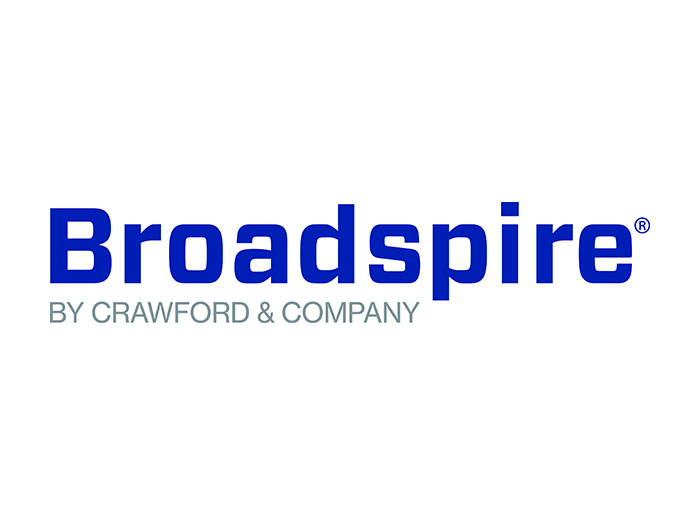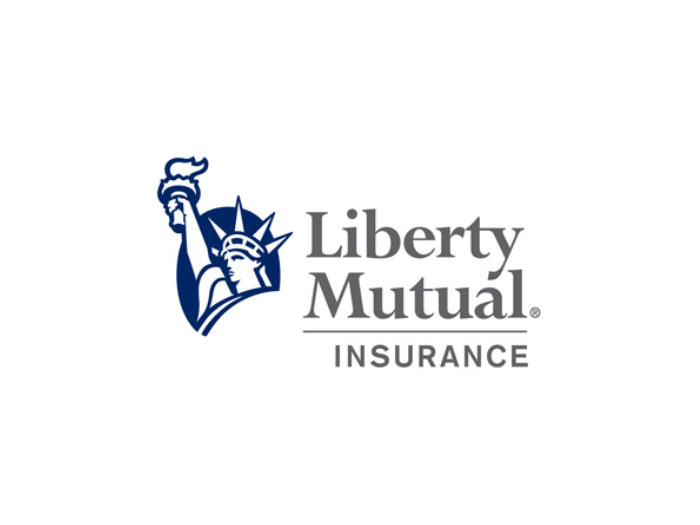7 Questions on the Marine Market with Zurich’s Howard Kingston

In June, Risk & Insurance® caught up with Howard Kingston, global head of marine for Zurich Insurance Group. What follows are some of Kingston’s observations on the marine market, edited for length and clarity.
Risk & Insurance: Thanks for meeting with us Howard. We were curious about what some of the key risks impacting marine might be.
Howard Kingston: If you look at the risks from a cargo perspective, the biggest impact has come from COVID-19 and global lockdowns, which led to supply chains issues. Our customers are still experiencing challenges with delays in shipping goods to their customers, and this has been exacerbated by the war in Ukraine.
If you look at the marine insurance industry in general, the frequency of losses has decreased, including on the hull side. There has been a downward trend in claims frequency, including the frequency of total losses, despite some of the big incidents you hear about in the news.
Despite the general hardening in the marine markets over the last three to four years, there are still a number of challenges to be faced, including things such as fires on container vessels. A big issue that is exacerbated by the misdeclaration of cargo in containers.
Additionally, the pandemic led to a lot of congestion at ports. For instance, seven to eight months ago there were vessels queuing outside the port of Long Beach in the U.S., but we saw the same situation outside other ports around the world, such as Singapore.
Whilst there is a better balance now and a lot of that backlog has gone, we should not forget that China has just recently come out of lockdown and industrial production has started again.
The challenges with the logistics infrastructure, for instance, the availability of drivers, in the U.S. and elsewhere remains.
As we come up to the seasonal traffic coming in for the Christmas season, I think it’s inevitable that we are going to see similar issues again at the port of Long Beach and across the globe with vessels queuing to load and unload cargo.
R&I: Fair to say the driver shortage issue will be with us for a while?
HK: Yes, and it’s not just a U.S. issue, by the way. We see this also in Europe and elsewhere, but perhaps to a lesser extent. The driver shortage is just one component of the port congestion issue that is also giving problems with accumulation.
Accumulation is a key concern for insurers with port warehouses being full to capacity as goods are not moving fast enough. Our customers are having to seek new storage facilities, that may be unknown to them and not necessarily up to the high standards they expect in terms of construction or risk management.
As an insurer we obviously have concern over the risk quality impact but also the increased static accumulation in key ports or locations. Particularly, if we consider the issue of climate change and increasing Nat CAT events, windstorms and the like that may impact these accumulations.
It’s all turning into what you might call a perfect storm. Everything coming at once is creating a challenging environment for businesses and insurers.
R&I: I guess we could qualify all of the above as direct risks. What indirect risks are you seeing?
HK: There are economic issues such as food shortages, basic materials shortages, microchip shortages, etc. Those economic pressures do have an indirect impact on marine because what we are likely to see is for example an increase in crime. Theft, pilferage, and the like are likely to become more prevalent as populations experience economic hardship.
Another factor that can come with economic hardship is civil disturbance and civil unrest. If populations protest against the actions taken by governments, that can have an indirect impact because of the impact on cargo in storage and cargo in transit that may be stolen or damaged as a result of the unrest.
R&I: Thanks for that. Can you talk to us about premium rates and coverage availability?
HK: There is plenty of capacity available, but having said that, there has been a need for correction as pricing had reached unsustainable levels. The global market over the last 10 years had become very competitive, but we have now had a two to three year period of significant rise in the premium rates.
However, that has recently started to level off and the pace of rate increases is slowing down. Of course, there are geographical differences, and there are still certain markets that may need some correction.
The way the market goes may be impacted by other events in the coming months. For instance, the seizure of aircraft in Russia could be a potentially huge loss into the reinsurance markets. And this may have a knock-on impact into the marine market in terms of the cost of reinsurance.
I think that we also have to think about the CAT season that is coming up. I understand the forecast now is that the hurricane season might be a difficult one, and that could be challenging for reinsurers and insurers.
R&I: Reinsurers are having a difficult time, generally, no?
HK: They are having some challenges. I think they’ll reward customers that have say, the more vanilla programs and can demonstrate a prudent underwriting approach and risk appetite. I think these insurers will probably be able to achieve decent renewals, but a lot is going to depend on how the CAT season plays out.
R&I: Given all that we’ve talked about, what advice would you be giving to your insureds to help them achieve the best outcomes?
HK: I think it is key for our customers to really understand their supply chain well, not just their primary suppliers, but all the way down to raw material suppliers. We encourage our customers to strengthen the link between the risk manager and the logistics teams. There are still companies out there where it’s more of an off-hand relationship.
Marine is a line of business that is not the biggest insurance spend for the customer, but what it ultimately protects is getting goods to their customers; therefore it’s very important to both revenues and reputation for delivering those goods.
Also, be transparent with your insurer. Talk to your insurer. We have risk engineers that are experts in logistics that can help you identify issues with your supply chain. You may not be able to fully eliminate the risk, but we can certainly mitigate it and improve it.
R&I: Would you care to say how you see the rest of the year playing out in terms of some of the supply economic issues that we’ve mentioned?
HK: With the geopolitical tensions that we are seeing, I don’t see supply chain problems settling down any time soon. Inflation could also be with us for a bit longer. For the sake of the industry, I am hoping for a quiet CAT season. I don’t think the specter of lockdown has disappeared either.
Underwriting and pricing based on loss history and experience may no longer be the way forward in this market. I think it’s about assessing exposures in real time with up-to-date valuations and information. A customer may not have had a loss for the past 10 years. Does that mean it’s a great risk in this new world? I’d argue perhaps not. &










